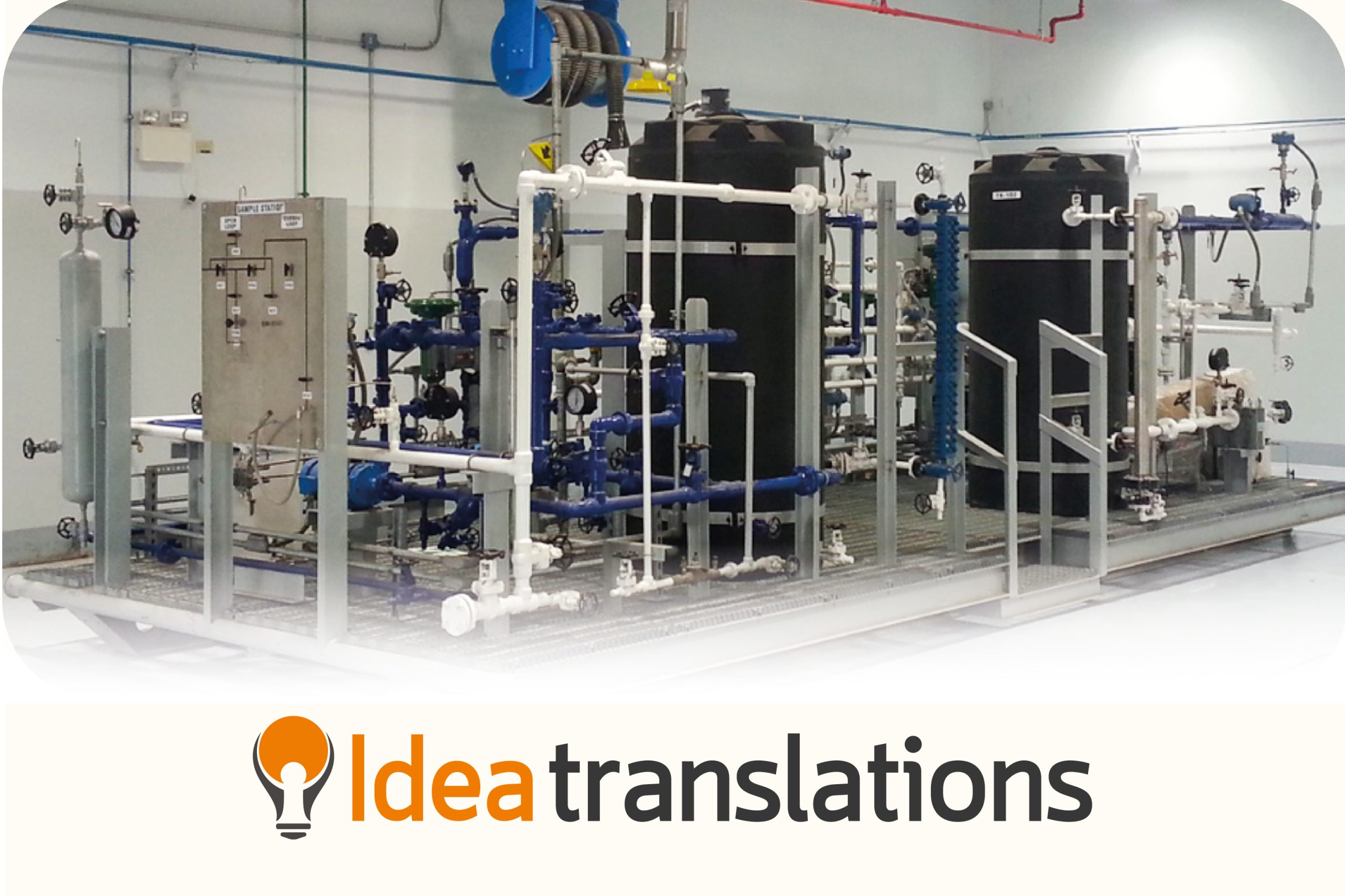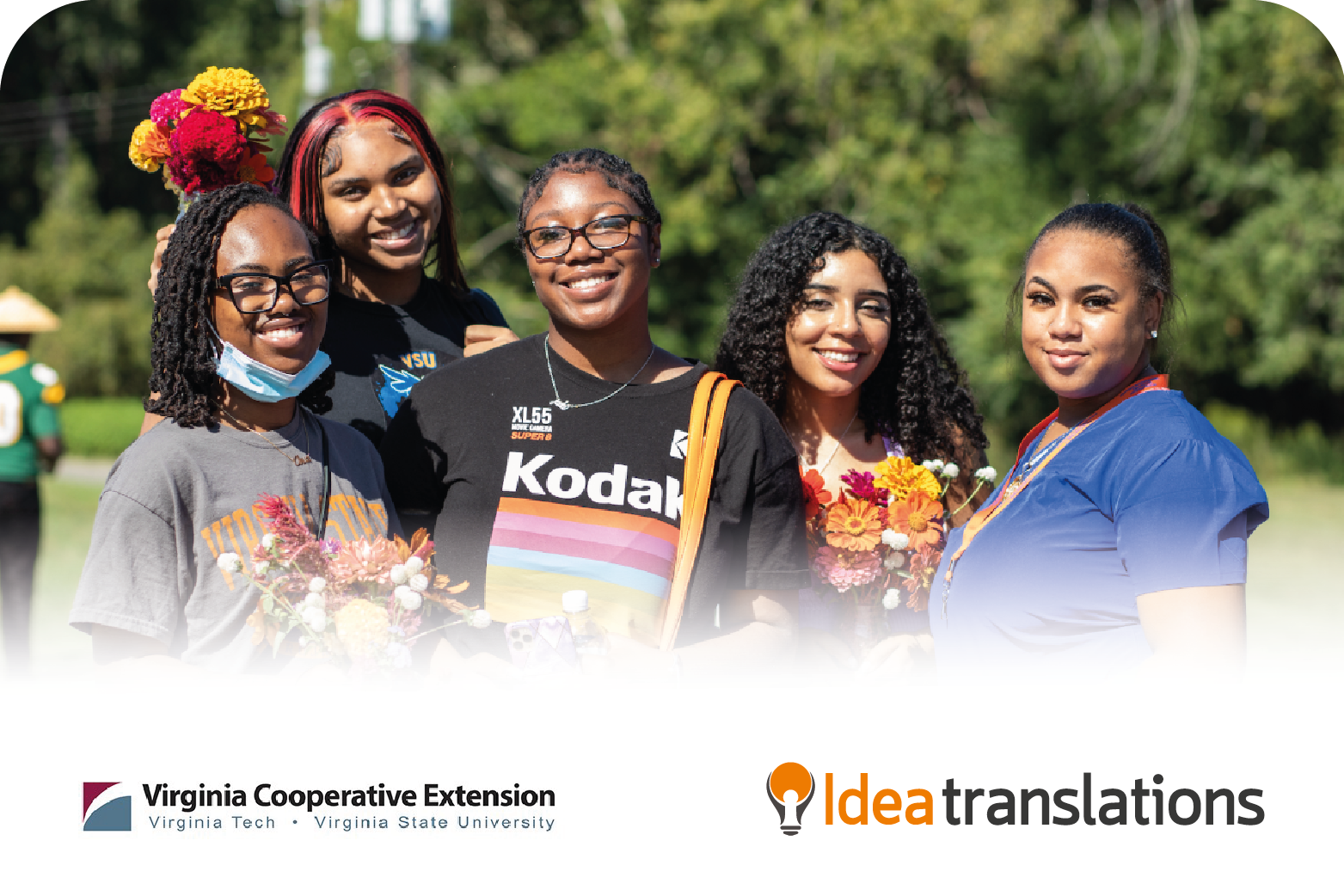CLIENT: SystranSERVICE: eLearning Translation, Voice Over, and Subti tlingFORMAT: 51 Storyline CoursesSUBJECT MATTER: Technical Content THE CUSTOMER: Systran specializes in custom learning solutions for industries, businesses, and educational institutions. They offer 3D animations, blended learning, and hands-on training units tailored to meet specific needs, with a focus on safety and knowledge retention. Their services include […]
- 8719 Evangel Drive, Springfield, Virginia 22153, US
- info@ideatranslations.com
- +1 (877)-409-8460







